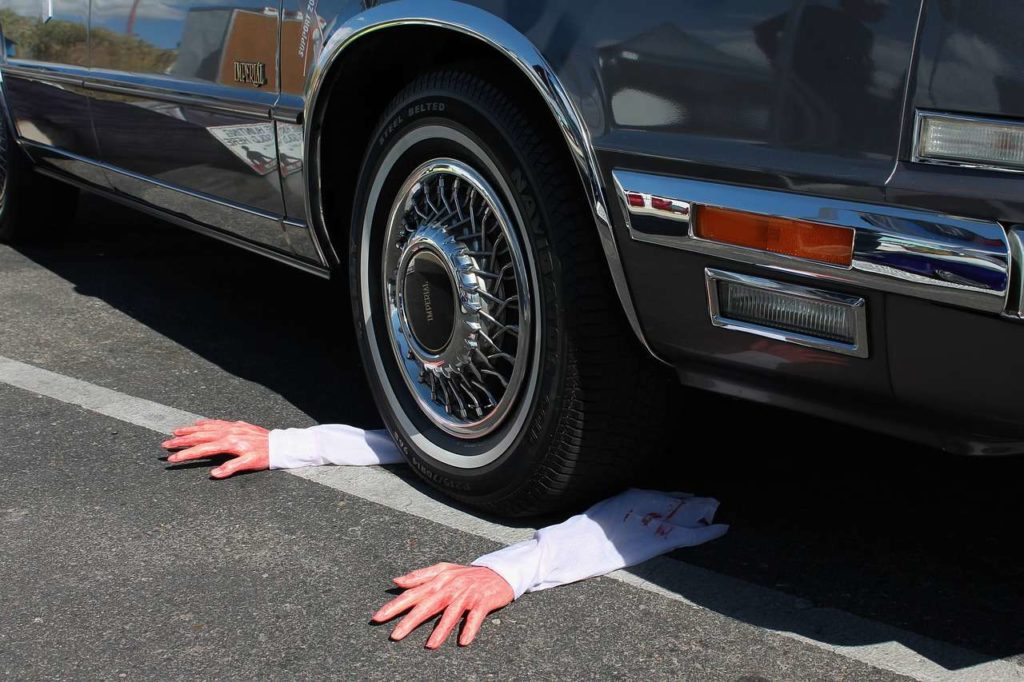What To Do After a Car Accident
You’ve spent an enjoyable afternoon shopping in Indianapolis and are now heading home. The light is green, you turn onto E. Washington St, then some maniac ignores his red light and smashes straight into you. In seconds your shopping trip becomes another statistic as a car accident in Indianapolis. It only takes an instant for a car crash to occur but the long lasting damage is something you may have to live with for weeks, months or sometimes years. This guide offers helpful information to those who have been in a car accident in Indianapolis and will assist you with the legalities.

First Steps
If you are able, the first thing to do is to check if anybody is injured and call 911 if necessary. There may be several vehicles involved due to the domino effect. Under the state law of Indiana anyone involved in a car accident that causes damage to another vehicle must stay at the scene and swap information with every driver involved. This includes insurance details and your drivers license. If any property damage valued at over $1000 has occurred but nobody is injured you can swap details before going on your way and you have 10 days to report it to the police department.
The 51% Rule of Liability
Once the dust has settled it’s time to sort out who is liable and therefore has to pay for any damage. As negligent driving is the cause of most car accidents, the law of negligence usually comes into play. Under the Indiana law of negligence, all drivers have a duty to drive their cars with due care and attention. Should a motorist fail to do this and cause an accident he, or she, could be liable for any harm the accident caused if it’s found that they were at fault.
If there is more than one driver or entity found to be at fault the courts of Indianapolis and the insurance claim adjusters will employ the system of modified comparative negligence to determine which of the multiple parties involved is the one who is liable. This system is often referred to as the 51% rule as it works on the basis that the person found to be 51% at fault is the one held liable. Anyone found to be 51%, or more at fault is banned from trying to recover any money from the other parties but those found to be 50%, or less, can recover money for their losses but any monetary rewards are reduced by their fault percentage. A quick example; Dave in involved in an accident with Deb. Paul is 45% at fault whereas as Deb is 55%. Dave’s damages amount to $1000 but he can only recover $550 from Deb and is responsible for the other $450, in line with his fault percentage.
Proving Who is at Fault
This is sometimes pretty straightforward, other times not so much. Police reports, witness statements, photos of both the accident scene and any damages suffered and any subsequent medical reports are all classed as evidence. A claims adjuster or judge could use these to determine who is at fault. Sometimes fault can be presumed such as when a driver hits a parked car or stationary object. When nobody else is involved the sole driver is deemed to be at fault.




